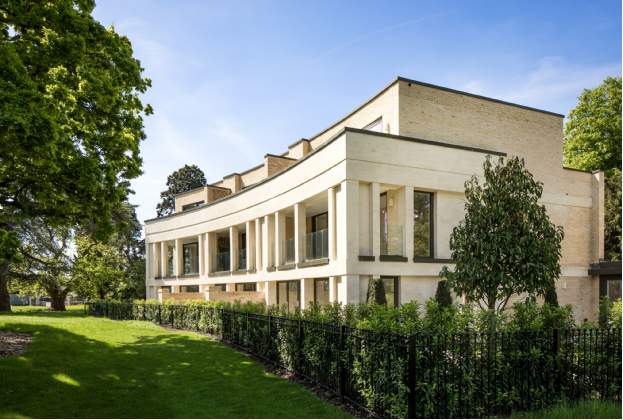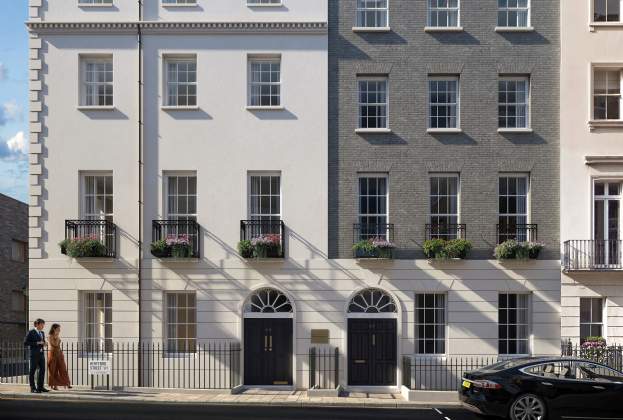People are living longer and the population is ageing. While the effects of this are only just beginning to play out on Britain’s wider economy, they are already affecting the housing market.
Our research shows that the over 65s hold £1 trillion worth of housing equity, with over half of this age group – some 3 million households – living in homes that are bigger than they need or unsuitable to meet their changing needs. Savills new Retirement Living consultancy, which works across the development, healthcare, housing and investment sectors, estimates that some 8 million older people are interested in down sizing. However, the existing market frequently fails to meet their demands.
The UK’s 65+ population is set to rise by 2 per cent per year, or 1,000,000, between 2015 and 2020, requiring an additional 18,000 new homes a year just to maintain the status quo. Savills believes that a better benchmark for needs-based housing demand is actually the 75+ population, set to grow by 3.2 per cent per year during the same period. By this measure, a total of 90,000 new homes are needed by 2020 simply to maintain current levels of provision for those aged 65+. If provision of retirement housing were to rise from 4.8 per cent of older people to 10 per cent (still low by international standards), we would need an additional 500,000 new homes in the same period.
The ageing population clearly presents a huge challenge and opportunity to developers, investors and policymakers to build homes that older people actually want, and can afford to live in. Certainly, the ability to increase delivery to these higher levels will require substantial innovation across the sector. It is relatively easy to create a model for the delivery of premium homes for those with high levels of equity, but developers need to build homes across a spectrum of prices and affordability.
Further information
.jpg)









